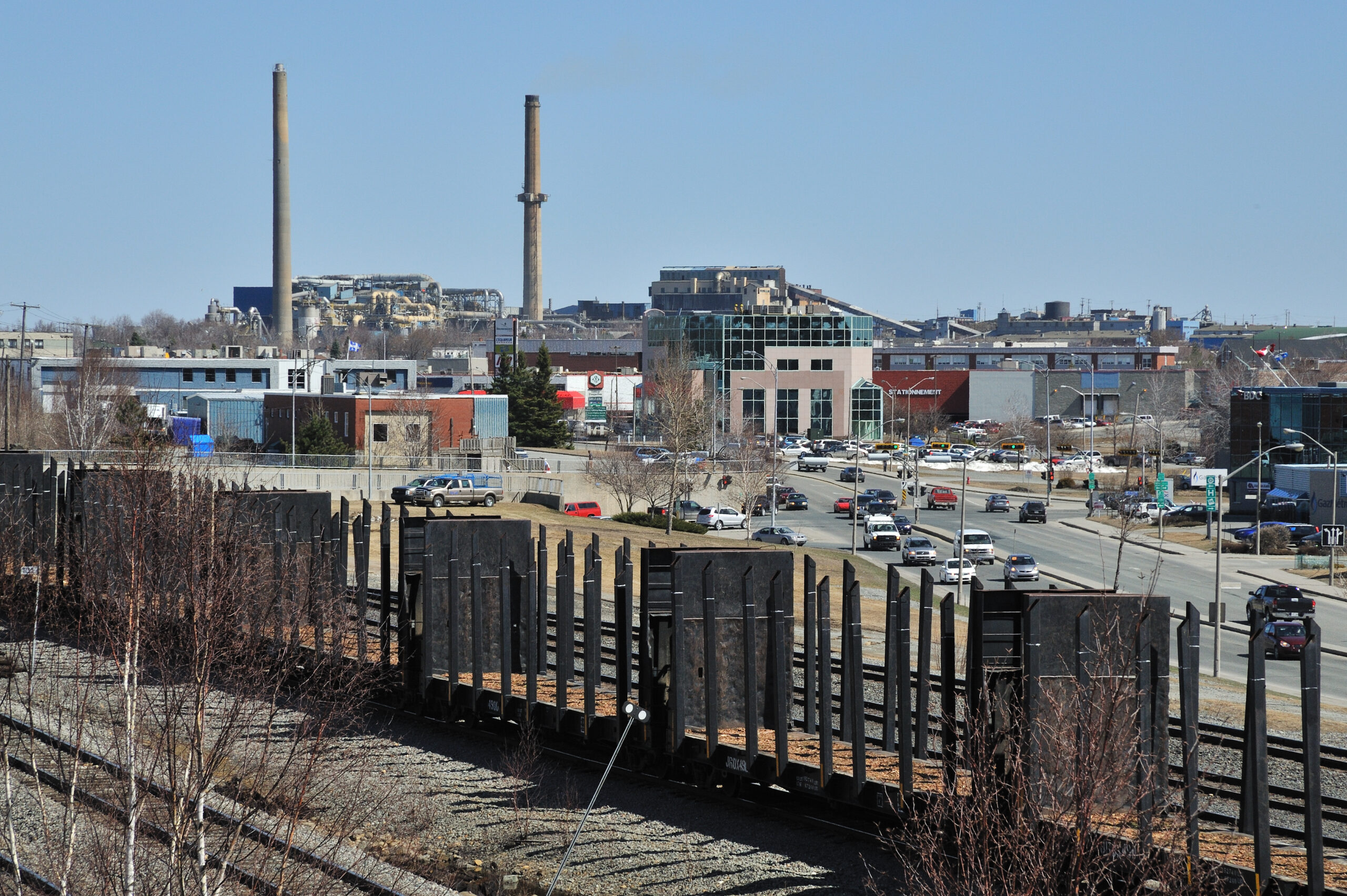This past May, it was revealed that arsenic emissions from the Horne smelter in Rouyn-Noranda were posing a serious threat to the health of the city's residents. In fact, the rate of lung cancer and chronic lung disease in Rouyn is significantly higher than the Quebec average.
Data published a few months ago by Quebec's Public Health were however already known to Dr. Horacio Arruda in September 2019, at the time he was director of public health. He withdrew them from a report intended for citizens shortly after meeting with representatives of the Horne smelter, a company owned by the global mining firm Glencore.
The smelter had received permission from the Quebec government to emit 200 ng/m3 of arsenic into the air in 2019, which is 67 times higher than the provincial standard of 3 ng/m3. This exception was "tightened" to 100 ng/m3 in 2021, which is still 33 times higher than the usual standard.
Company representatives recently left an Abitibi-Témiscamingue Public Health council on the situation of overexposure of children in the Notre-Dame district, which had been set up to look into the situation. The excuse given being that the council's duties were now concerned the whole of Rouyn-Noranda, and not just the specific district the company was concerned about.
However the Advisory Council for Followup on the Biosurveillance Study of the Notre-Dame District had wanted to broaden the horizons of their investigation to the health of the whole of the city so that the totality of the damages caused by the company could be analyzed. Now finding itself the subject of controversy, the Horne smelter proposed to the Quebec government to reduce its emissions to 60 ng/m3.
This proposal is again 20 times higher than the Quebec standard. Faced with the refusal of this offer, the Glencore subsidiary promised to establish a better action plan, but requested government funding to do so. The government, itself bowing to media and popular pressure, then announced that the limit would be reduced to 15mg/m3, still five times higher than the provincial standard.
In addition, Glencore has been given a generous five-year period to reduce its emissions. This is a leniency that is difficult for the public to explain, knowing that it will prolong the situation where their children have arsenic levels in their bodies 3.7 times higher than the provincial average, putting them at increased risk of lung cancer and lung disease.
Glencore has no shortage of funds to halt the poisoning and killing Rouyn-Noranda residents: it has ranked in the Top 10 of the Fortune Global 500 in recent years and posted a record $3.2 billion in profit in the first quarter of 2022 alone (nearly as much as its entire profit margin in 2021). If it hasn't yet, it's only because it's been able to get away with it.
- Glencore allowed to pollute more than average


